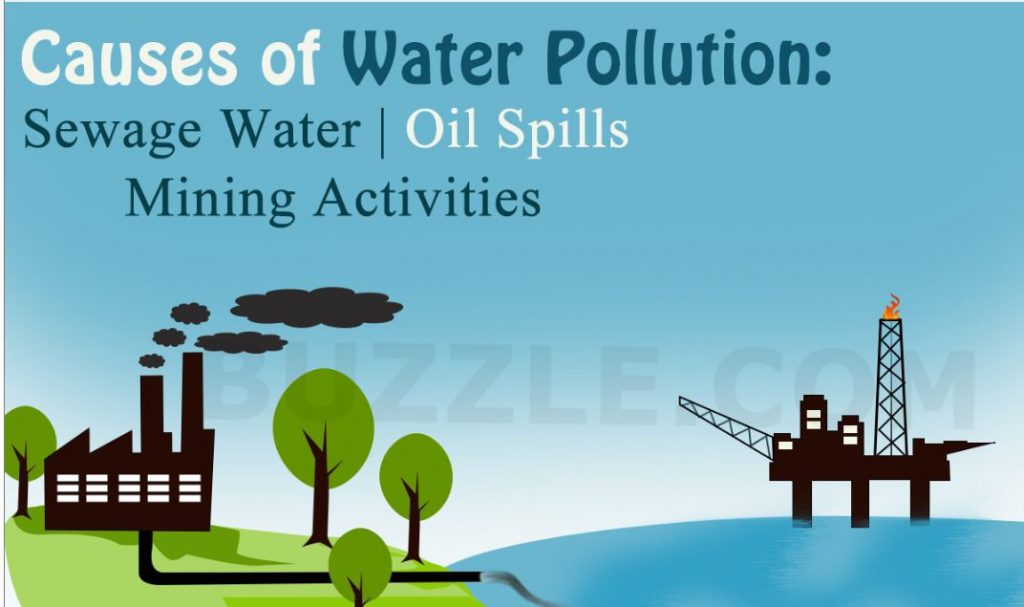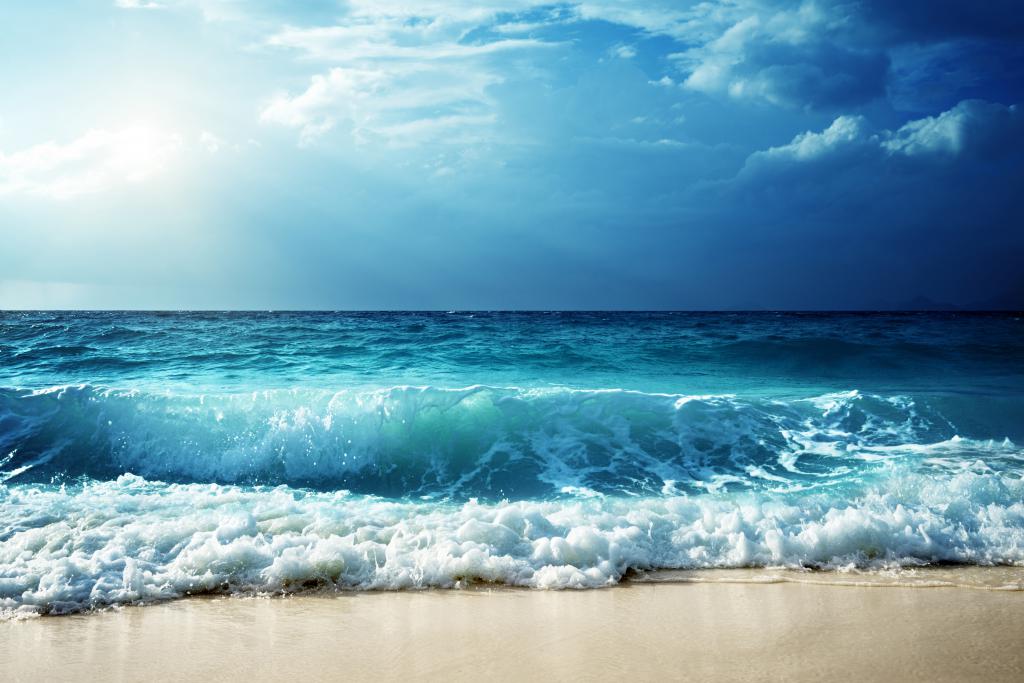Our waterways, repositories, lakes, and oceans are
suffocating in synthetic substances, waste, plastic, and different
contaminations. Here’s why―and what you can do to help.
English artist W. H. Auden once noted, “Thousands
have lived without adoration, not one without water.” Yet while we as a
whole realize water is significant forever, we rubbish it in any case. Somewhere
in the range of 80 percent of the world’s wastewater is dumped—generally
untreated—once more into the earth, contaminating waterways, lakes, and seas.
This across the board issue of water contamination is
risking our wellbeing. Perilous water executes a larger number of individuals
every year than war and every single other type of savagery joined. In the
interim, our drinkable water sources are limited: Less than 1 percent of the
worlds freshwater is really open to us. Without activity, the difficulties will
just increment by 2050, when worldwide interest for freshwater is required to
be 33% more prominent than it is currently.
Taste a glass of cool, clear water as you read this, and
you may think water contamination is an issue . . . elsewhere. Be that as it
may, while most Americans approach safe drinking water, possibly destructive
contaminants—from arsenic to copper to lead—have been found in the faucet water
of each and every state in the country.
All things considered, we’re not miserable against the risk to clean water. To all the more likely comprehend the issue and what can be done, here’s an outline of what water contamination is, the thing that causes it, and how we can secure ourselves.

What Is Water Pollution?
Water contamination happens when unsafe
substances—frequently synthetic compounds or microorganisms—defile a stream,
waterway, lake, sea, spring, or other waterway, debasing water quality and
rendering it poisonous to people or the earth.
What Are the Causes of Water Pollution?
Water is particularly helpless against contamination.
Known as an “all inclusive dissolvable,” water can break down a
greater number of substances than some other fluid on earth. It’s the
explanation we have Kool-Aid and splendid blue cascades. It’s likewise why
water is so effectively dirtied. Poisonous substances from ranches, towns, and
industrial facilities promptly break up into and blend in with it, causing
water contamination.
Classes of Water Pollution
Groundwater
At the point when downpour falls and leaks profound into
the earth, filling the breaks, cleft, and permeable spaces of a spring
(essentially an underground storage facility of water), it becomes
groundwater—one of our least noticeable however most significant characteristic
assets. About 40 percent of Americans depend on groundwater, siphoned to the
world’s surface, for drinking water. For certain people in rustic territories,
it’s their solitary freshwater source. Groundwater gets dirtied when contaminants—from
pesticides and manures to squander filtered from landfills and septic
frameworks—advance into a spring, rendering it risky for human use. Freeing
groundwater of contaminants can be hard to inconceivable, just as exorbitant.
When dirtied, a spring might be unusable for quite a long time, or even a large
number of years. Groundwater can likewise spread defilement a long way from the
first contaminating source as it saturates streams, lakes, and seas.
Surface water
Covering around 70 percent of the earth, surface water is
the thing that fills our seas, lakes, streams, and each one of those other blue
bits on the world guide. Surface water from freshwater sources (that is, from
sources other than the sea) represents in excess of 60 percent of the water conveyed
to American homes. In any case, a critical pool of that water is in hazard. As
indicated by the latest overviews on national water quality from the U.S.
Natural Protection Agency, about portion of our waterways and streams and more
than 33% of our lakes are contaminated and unfit for swimming, angling, and
drinking. Supplement contamination, which incorporates nitrates and phosphates,
is the main kind of tainting in these freshwater sources. While plants and
animals need these supplements to develop, they have become a significant
poison because of ranch waste and compost overflow. City and modern waste
releases contribute a considerable amount of poisons also. There’s additionally
all the arbitrary garbage that industry and people dump legitimately into
conduits.
Sea water
80% of sea contamination (likewise called marine contamination) begins ashore—regardless of whether along the coast or far inland. Contaminants, for example, synthetic substances, supplements, and overwhelming metals are conveyed from ranches, manufacturing plants, and urban areas by streams and waterways into our inlets and estuaries; from that point they go out to the ocean. In the interim, marine trash—especially plastic—is passed up the breeze or washed in by means of tempest channels and sewers. Our oceans are additionally at times ruined by oil slicks and releases—of all shapes and sizes—and are reliably absorbing carbon contamination from the air. The sea assimilates as much as a fourth of man-made carbon emanations.

Point source
At the point when defilement starts from a solitary
source, it’s called point source contamination. Models incorporate wastewater
(likewise called profluent) released legitimately or unlawfully by a producer,
petroleum processing plant, or wastewater treatment office, just as defilement
from releasing septic frameworks, concoction and oil slicks, and illicit
dumping. The EPA manages point source contamination by setting up limits on
what can be released by an office straightforwardly into a waterway. While
point source contamination starts from a particular spot, it can influence
miles of conduits and sea.
Non point source
Nonpoint source contamination will be tainting gotten
from diffuse sources. These may incorporate farming or stormwater overflow or
flotsam and jetsam blown into conduits from land. Nonpoint source contamination
is the main source of water contamination in U.S. waters, yet it’s hard to
direct, since there’s no single, recognizable guilty party.
Transboundary
It’s implied that water contamination can’t be contained by a line on a guide. Trans boundary contamination is the consequence of debased water from one nation spilling into the waters of another. Sullying can result from a calamity—like an oil slick—or the moderate, downriver creep of modern, farming, or civil release.